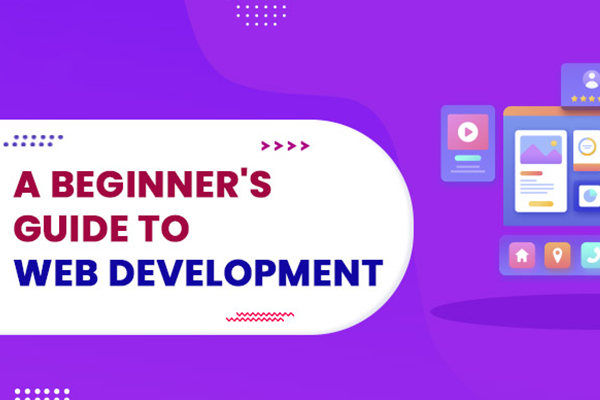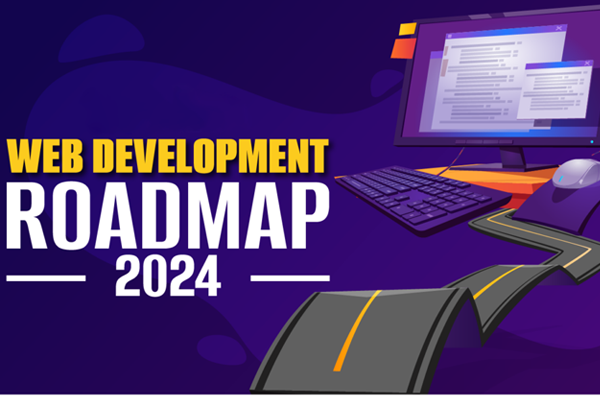How to Make Your Website Responsive: A Step-by-Step Guide
In today’s digital world, making your website responsive is essential. A responsive website ensures that your content looks great on all devices, whether it's a phone, tablet, or desktop. Here’s a step-by-step guide to help you create a fully responsive website.
1. Understanding the Basics of Responsive Design
Responsive web design (RWD) is an approach that allows your website to adapt to the screen size and orientation of the device being used. This ensures your site looks perfect on any device, whether a smartphone, tablet, or desktop.

2. Start with a Fluid Grid Layout
Traditional websites often use pixel-based grids, but a fluid grid layout uses percentages for width, height, and spacing. This allows your elements to resize based on the user’s screen size.
How to Implement:
Replace fixed width values with percentage-based values.
Adjust columns to shrink or grow according to the screen width.
3. Use Responsive Images
Images can often make or break a responsive design. You need to ensure that your images scale correctly, without breaking the layout.
How to Implement:
Set max-width: 100%; for all images to ensure they resize within their container.
Use the srcset attribute to serve different images based on the device resolution.
4. Apply Media Queries
Media queries are the backbone of responsive design. They allow you to apply CSS rules based on the screen size or device characteristics.
Example
@media (max-width: 768px) {
/* Styles for tablets and smaller screens */
.container {
width: 100%;
padding: 0;
}
}
This rule adjusts the .container class for devices with a screen width of 768px or less, ensuring it spans the full width of the screen.
5. Test Across Devices
Before publishing your site, you need to test it across different devices and screen resolutions. Use tools like Google Chrome’s Developer Tools, which offer built-in emulation for various devices.
6. Use Responsive Typography
Adjust the size of your text so it’s readable on every device. You can use relative units like em, rem, or percentages for your font sizes.
Example
html {
font-size: 100%; /* Default size */
}
@media (max-width: 600px) {
html {
font-size: 90%; /* Adjust size for small screens */
}
}
By adjusting the font-size based on the screen width, your typography remains consistent and readable.
7. Avoid Fixed Positioning
Fixed elements, like navigation bars, can be tricky in a responsive layout. Instead of using fixed positioning, opt for sticky elements, which provide a smoother experience across different devices.
Conclusion
Creating a responsive website is crucial in today’s multi-device world. By following these steps—using fluid grids, responsive images, media queries, and testing thoroughly—you can ensure your website will look great no matter what device it’s viewed on.



